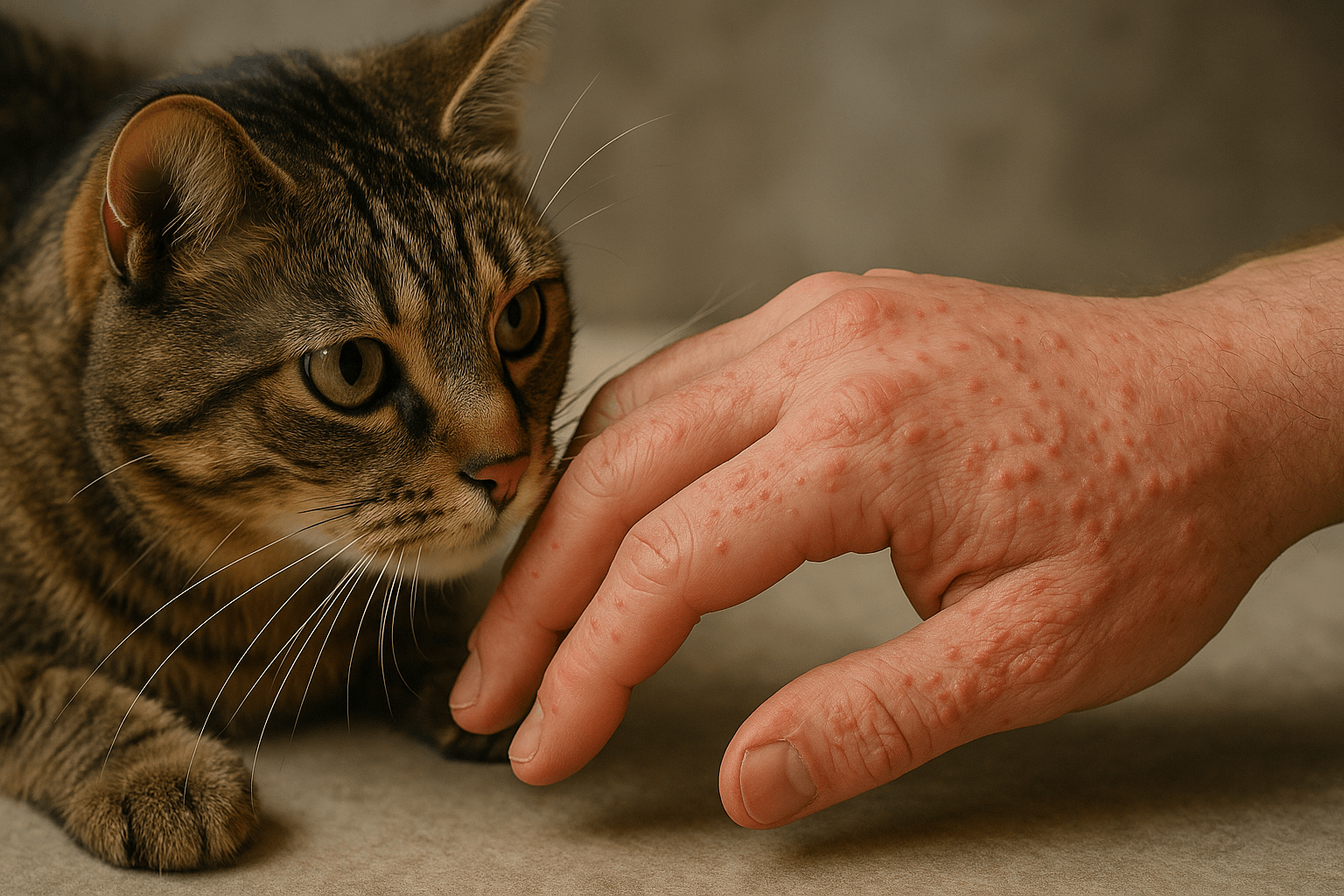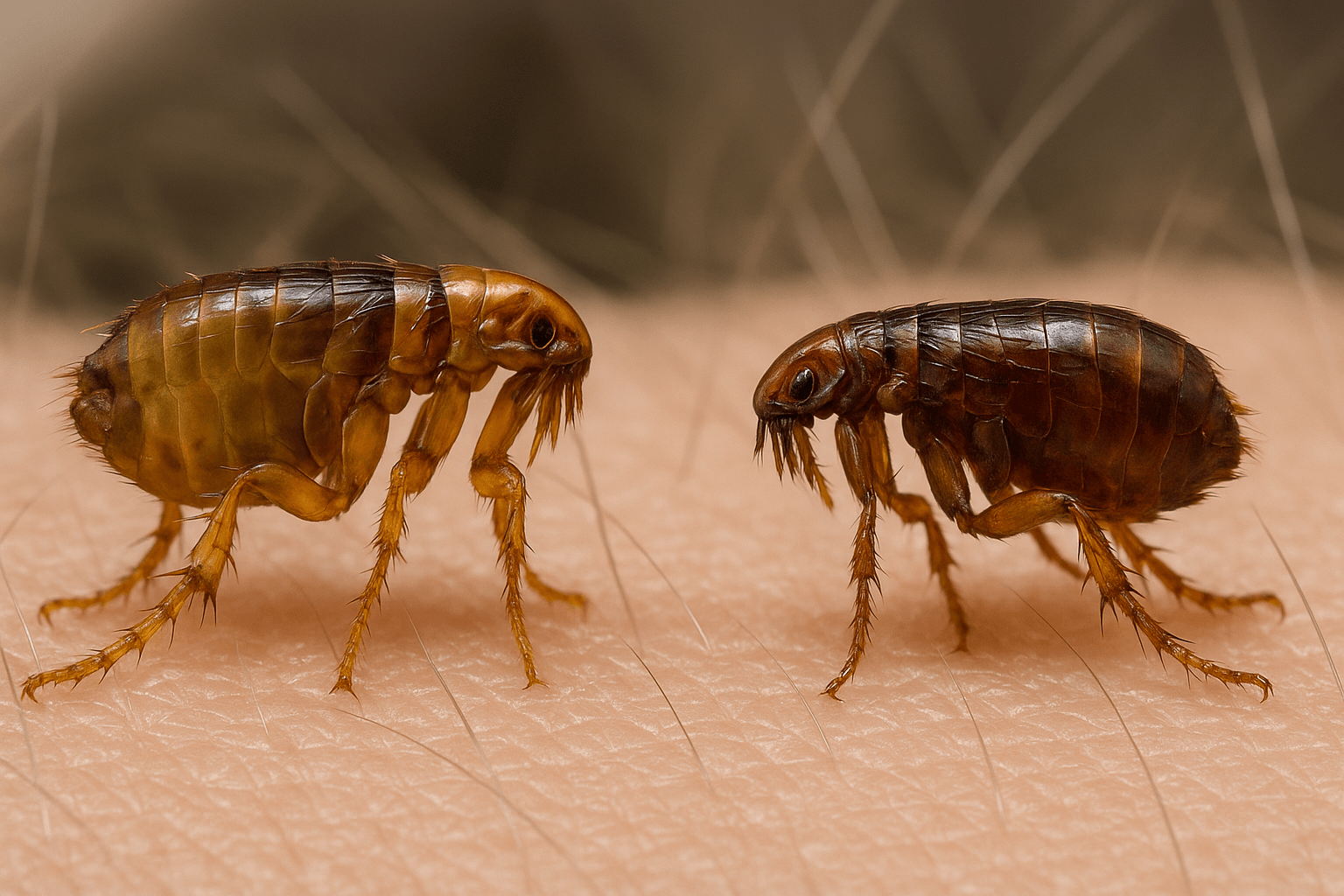The Mysterious World of the Cat Eye Worm
In the vast realm of parasitic organisms, few capture the imagination quite like the cat eye worm. Known scientifically as Thelazia callipaeda , this tiny yet fascinating creature has intrigued scientists and pet owners alike. Found primarily in the eyes of cats, dogs, and even humans, the cat eye worm is both a medical curiosity and a potential health concern. But what exactly is this parasite, and why should we pay attention to it?
In this blog post, we’ll delve into the intriguing world of the cat eye worm, exploring its biology, impact on hosts, prevention strategies, and much more. Whether you’re a curious reader or a concerned pet owner, this article will shed light on everything you need to know about this peculiar parasite.
Understanding the Cat Eye Worm: Key Facts
Before diving deeper into the specifics of the cat eye worm, let’s start by breaking down some essential facts about this unique parasite. These points will provide a foundational understanding of what the cat eye worm is and how it operates within its host environment.
The cat eye worm is a type of nematode, or roundworm, that resides in the conjunctival sac of its host’s eye.
It is most commonly found in cats but can also infect dogs, foxes, and occasionally humans.
The parasite is transmitted through an intermediate host, typically a type of fruit fly known as Phortica variegata .
Infected hosts often experience symptoms such as eye irritation, excessive tearing, and visible worm movement in the eye.
While not usually life-threatening, untreated infections can lead to corneal damage or even blindness in severe cases.
Understanding these basic facts sets the stage for a more detailed exploration of the cat eye worm and its implications for both animals and humans. This foundational knowledge is crucial for recognizing the signs of infection and taking appropriate preventive measures.
How the Cat Eye Worm Infects Its Hosts
The lifecycle of the cat eye worm is as fascinating as it is complex. To better understand how this parasite spreads and thrives, let’s examine the steps involved in its transmission and infection process. Below are the key stages:
The lifecycle begins when an infected animal sheds larvae through its tears.
These larvae are then ingested by the fruit fly, which serves as the intermediate host.
Inside the fly, the larvae mature into an infective stage over a period of several weeks.
When the fly feeds near the eyes of another animal, it deposits the larvae onto the conjunctival surface.
Once inside the new host’s eye, the larvae mature into adult worms and begin producing more larvae, continuing the cycle.
The intricate relationship between the cat eye worm and its hosts highlights the importance of controlling fly populations and maintaining proper hygiene for pets. By interrupting this cycle, we can significantly reduce the risk of infection.
Check this guide 👉Cat Eye Infections and Natural Remedies: Best 7 Expert Tips!
Check this guide 👉Why Does My Cat Get Eye Boogers Every Day? Best 7 Tips!

Prevention Tips | Signs of Infection |
|---|---|
Regularly clean your pet’s eyes with a vet-approved solution. | Excessive tearing or discharge from the eyes. |
Keep your pet’s environment free of flies and other pests. | Visible worms or larvae in the eye. |
Schedule routine veterinary check-ups for early detection. | Redness or swelling around the eye area. |
Avoid letting your pet roam in areas with high fly activity. | Persistent eye irritation or rubbing. |
Use preventive treatments recommended by your veterinarian. | Sensitivity to light or squinting. |
Diagnosing and Treating Cat Eye Worm Infections
If you suspect that your pet may be infected with the cat eye worm, prompt diagnosis and treatment are essential. Here’s what you need to know about identifying and addressing this condition:
Diagnosis typically involves a thorough examination of the eye by a veterinarian.
In some cases, the worms may be visible to the naked eye during the exam.
A microscope may be used to identify larvae or eggs in tear samples.
Treatment often includes the manual removal of worms from the eye under sedation.
Anti-parasitic medications may be prescribed to eliminate any remaining larvae.
Early intervention can prevent complications and ensure a full recovery for your pet. If you notice any signs of infection, don’t hesitate to consult your veterinarian immediately.
Preventing Cat Eye Worm Infections: Practical Steps
Prevention is always better than cure, especially when it comes to parasitic infections like the cat eye worm. Here are some practical steps you can take to protect your pets and reduce the risk of infection:
Maintain a clean and hygienic living environment for your pets.
Use fly repellents or traps to minimize exposure to fruit flies.
Avoid allowing your pets to wander in wooded or rural areas where flies are prevalent.
Wash your hands thoroughly after handling your pet’s eyes or face.
Educate yourself about the signs of infection to catch problems early.
By incorporating these preventive measures into your routine, you can significantly lower the chances of your pet contracting the cat eye worm. Remember, vigilance is key to keeping your furry friends healthy and happy.
The Role of Environment in Cat Eye Worm Spread
The environment plays a critical role in the transmission and prevalence of the cat eye worm. Factors such as climate, geography, and local wildlife can significantly influence the likelihood of infection. Below are some key environmental considerations:
Warm, humid climates provide ideal conditions for fruit flies, the intermediate hosts of the cat eye worm.
Rural or wooded areas with abundant vegetation are more likely to harbor fly populations.
Urban environments with poor waste management can also contribute to increased fly activity.
Seasonal variations, such as warmer months, often lead to higher risks of infection.
Proximity to wildlife, such as foxes, can elevate the chances of exposure for domestic animals.
Understanding how the environment contributes to the spread of the cat eye worm is essential for implementing effective preventive measures. By addressing these factors, we can create safer living spaces for our pets.
Common Misconceptions About the Cat Eye Worm
Despite growing awareness about the cat eye worm, several misconceptions persist. These myths can lead to confusion and even delay proper treatment. Here are some common misunderstandings and the truth behind them:
Myth: The cat eye worm only affects cats.
Fact: While cats are the primary hosts, dogs, humans, and other animals can also become infected.Myth: The infection is always visible to the naked eye.
Fact: In early stages, the larvae may not be easily detectable without microscopic examination.Myth: The cat eye worm is harmless and doesn’t require treatment.
Fact: Untreated infections can lead to serious complications, including corneal damage.Myth: Indoor pets are completely safe from infection.
Fact: Flies can still enter homes, putting indoor pets at risk.Myth: Prevention is too difficult or expensive.
Fact: Simple hygiene practices and regular vet visits can significantly reduce the risk.
Dispelling these misconceptions is crucial for ensuring that pet owners take the necessary steps to protect their animals. Knowledge is the first line of defense against this parasite.
The Importance of Veterinary Care
Veterinary care is indispensable when dealing with parasitic infections like the cat eye worm. Regular check-ups and professional guidance can make all the difference in preventing and managing this condition. Here’s why veterinary care is so vital:
Veterinarians can identify early signs of infection before symptoms worsen.
Professional tools and expertise ensure safe and effective removal of worms.
Vets can recommend tailored preventive treatments based on your pet’s lifestyle.
Routine exams help monitor overall eye health and detect potential issues.
Veterinarians provide reliable information to dispel myths and guide pet owners.
By partnering with a trusted veterinarian, pet owners can ensure their animals receive the best possible care. This collaboration is key to maintaining long-term health and happiness for our furry friends.
Frequently Asked Questions About the Cat Eye Worm
What is the cat eye worm?
The cat eye worm (Thelazia callipaeda ) is a parasitic nematode that lives in the eyes of animals and occasionally humans.
How do animals get infected?
Infection occurs when larvae are deposited into the eye by an intermediate host, usually a fruit fly.
Can humans contract the cat eye worm?
Yes, although rare, humans can become infected if exposed to the same conditions as animals.
Is the infection treatable?
Yes, with prompt veterinary care, the infection can be treated effectively through manual removal and medication.
How can I prevent my pet from getting infected?
Preventive measures include maintaining cleanliness, controlling fly populations, and scheduling regular vet visits.
Final Thoughts: Staying Vigilant Against the Cat Eye Worm
The cat eye worm may be small, but its impact on the health of our beloved pets—and even humans—can be significant. Understanding its lifecycle, recognizing the signs of infection, and taking proactive steps to prevent exposure are all crucial components of responsible pet ownership. By staying informed and vigilant, we can protect our furry companions from this peculiar yet potentially harmful parasite. Remember, a little awareness goes a long way in ensuring the well-being of those who depend on us most.
Canned Pumpkin for Cat Diarrhea: Best 7 Expert Tips! Natural remedy to firm stools, soothe upset bellies, and support gut health safely.
Can a Cat Give You Scabies? Best 7 Expert Tips! Discover the truth about feline mites, human skin risks, and how to protect yourself—without panic.
Cat Flea vs Human Flea: Best 7 Expert Tips! Discover the truth about bites, species, and how to eliminate infestations for good.
Weird Cat Behaviors: Best 7 Expert Tips! Discover why cats do strange things—and how to understand, not punish, their instincts for a happier home.





